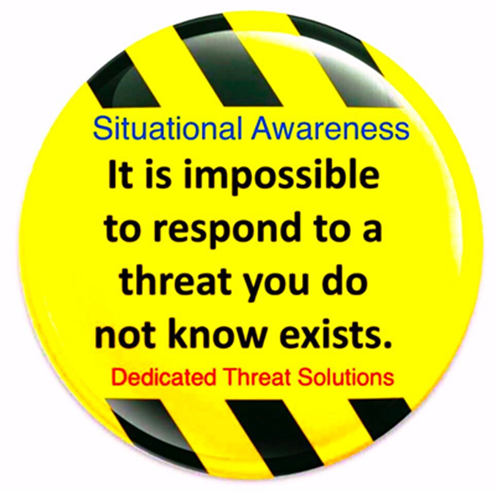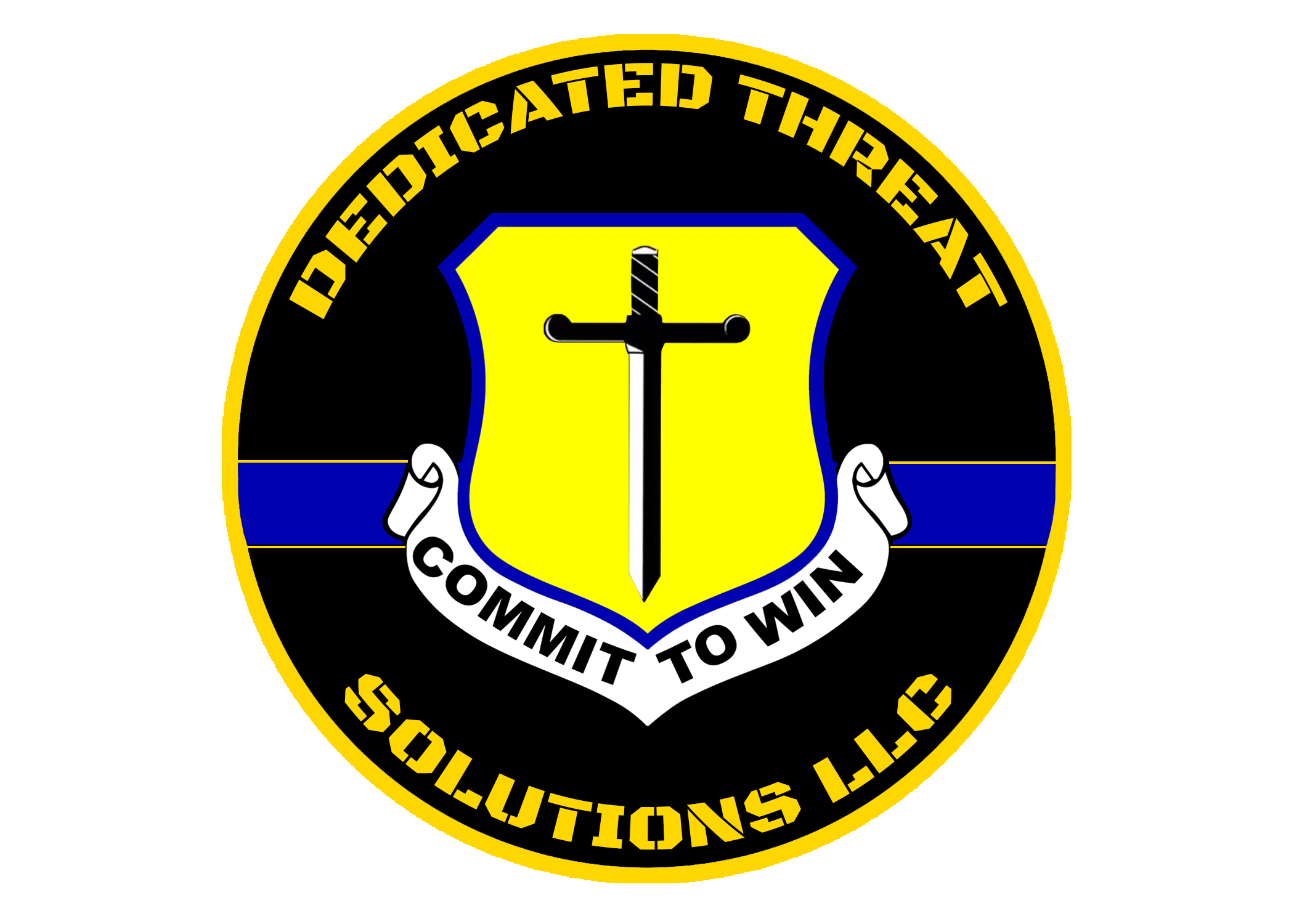Download the FREE article on Situational Awareness at the bottom of the page.
The first references to situational awareness come from the U.S. Air Force and relates to understanding the dynamics that a fighter pilot engages during an aerial dogfight. The fighter pilot needs to know not only where the enemy plane is but what its next move will be. This involves gathering information, analyzing it, making projections based on that analysis and then taking appropriate action. This was described by Col. John Boyd, USAF (Ret.), as the “observe-orient-decide-act loop” or OODA Loop. It is also been referred to as the OODA Cycle, Boyd’s Cycle, or Boyd’s Loop. To win a dogfight, the pilot must “get inside” the opponent’s loop, while losing one’s own situational awareness was called being “out of the loop”. Col. Boyd was often referred to as “40 second Boyd” for his standing bet as a flight instructor pilot that beginning from a position of disadvantage, he could defeat any opposing pilot in air combat maneuvering in forty seconds. If he failed to do so he would give the pilot $40. It is believed that Boyd never lost a challenge. Boyd’s OODA loop will be discussed in further detail later in this chapter.
In the most basic sense situational awareness means understanding what is going on around you. While such a statement, at first glance, appears to be simple there is much more to this concept. Understanding what is going on around you means you have to observe, gather, analyze, and potentially respond to information from your environment.
- Gather too little information and you will not have the full scope of your environment.
- Gather too much information and you will quickly have information overload which may slow down your decision making process or worse will cause failure to see and respond to a threat.
It is vitally important to have the ability to determine which information is relevant and which information is meaningless. Situational awareness requires that you cognitively process numerous pieces of information simultaneously. Based upon the collected information you must then decide what course of action, if any, is necessary.

In my experience people tend to significantly overestimate their level of situational awareness. This leads to a false sense of security where one inaccurately believes they are safer than they really are which can lead to victimization. Situational awareness is a skill that needs to be learned, developed, and practiced.
